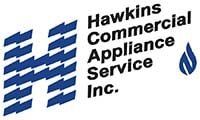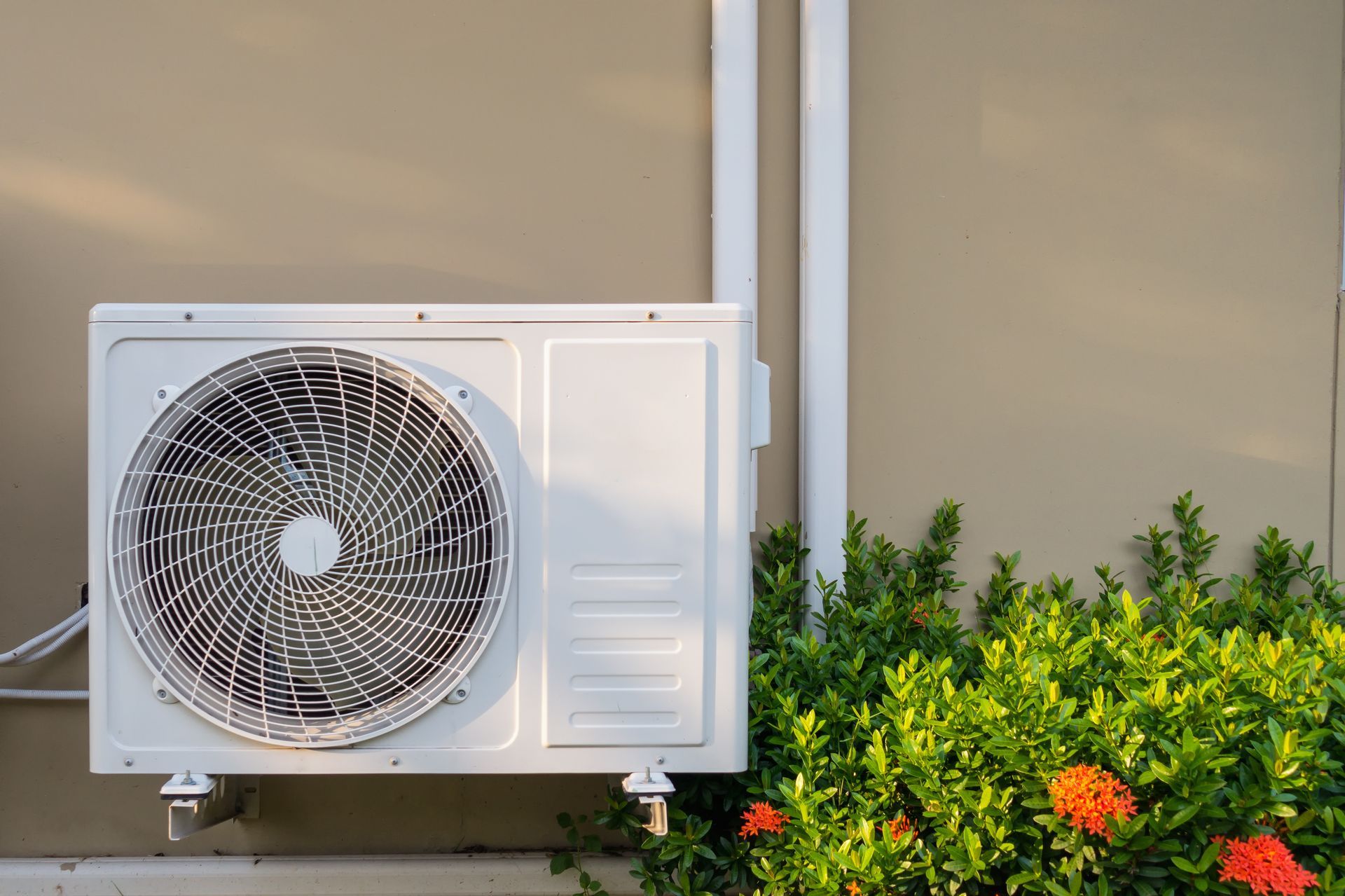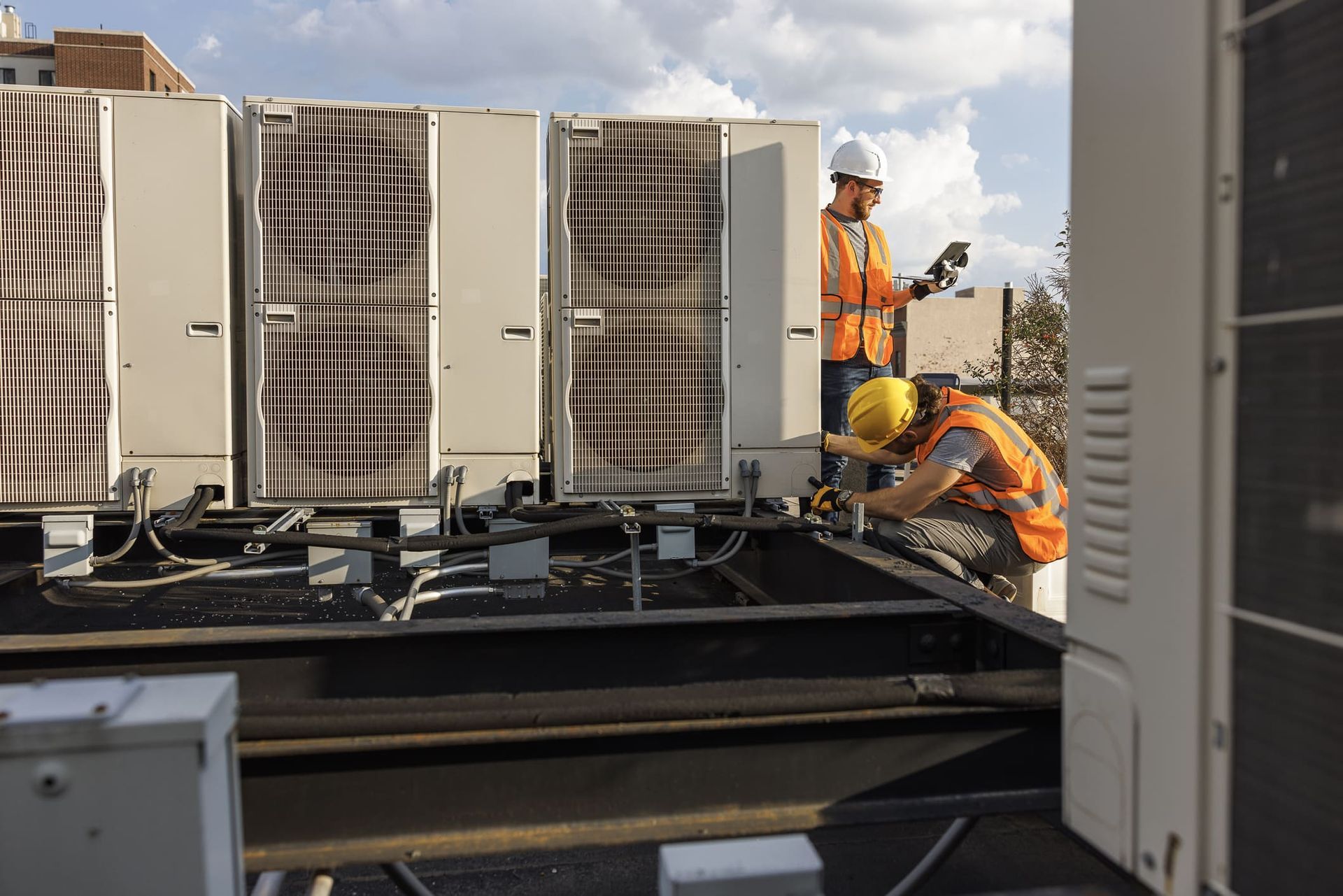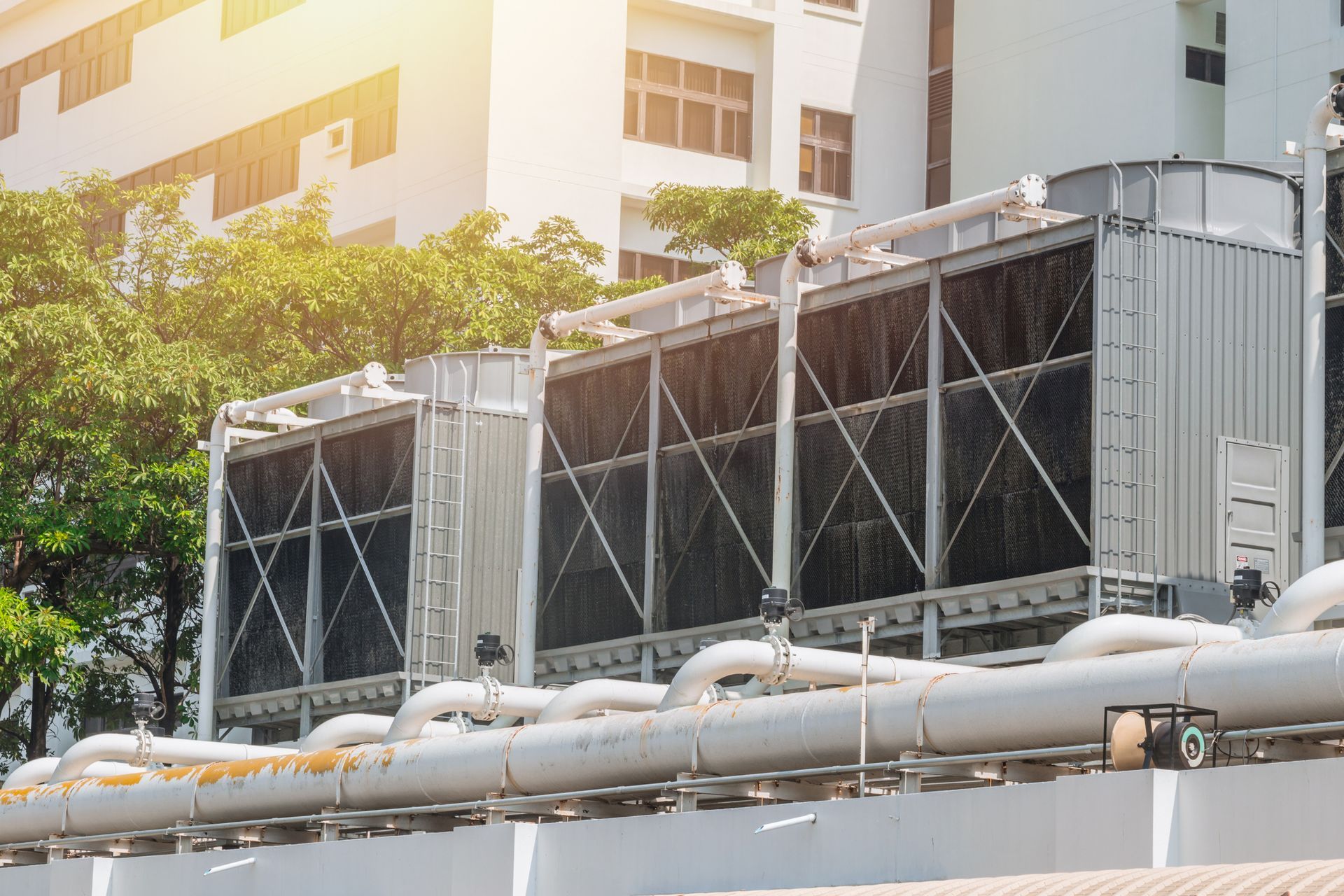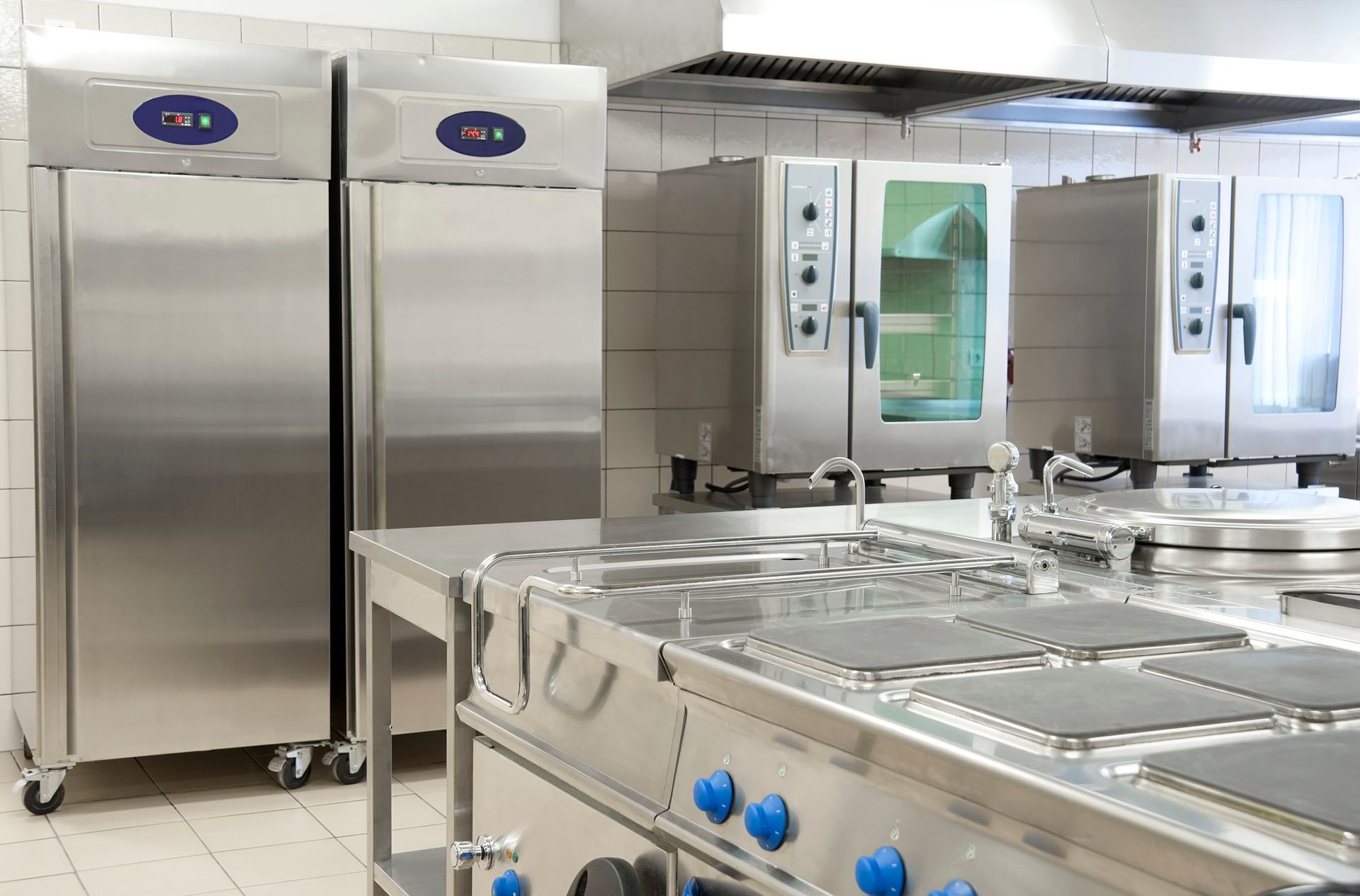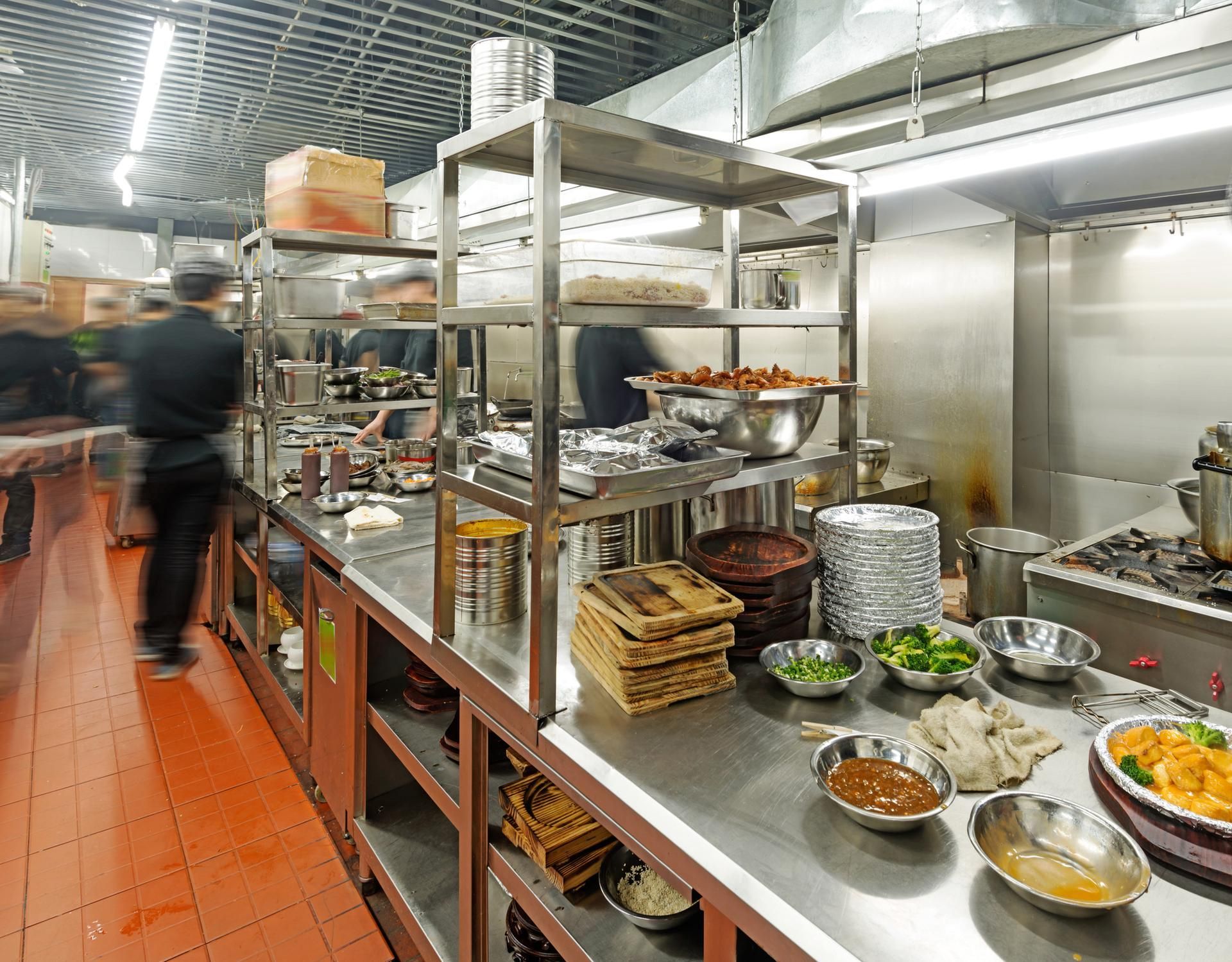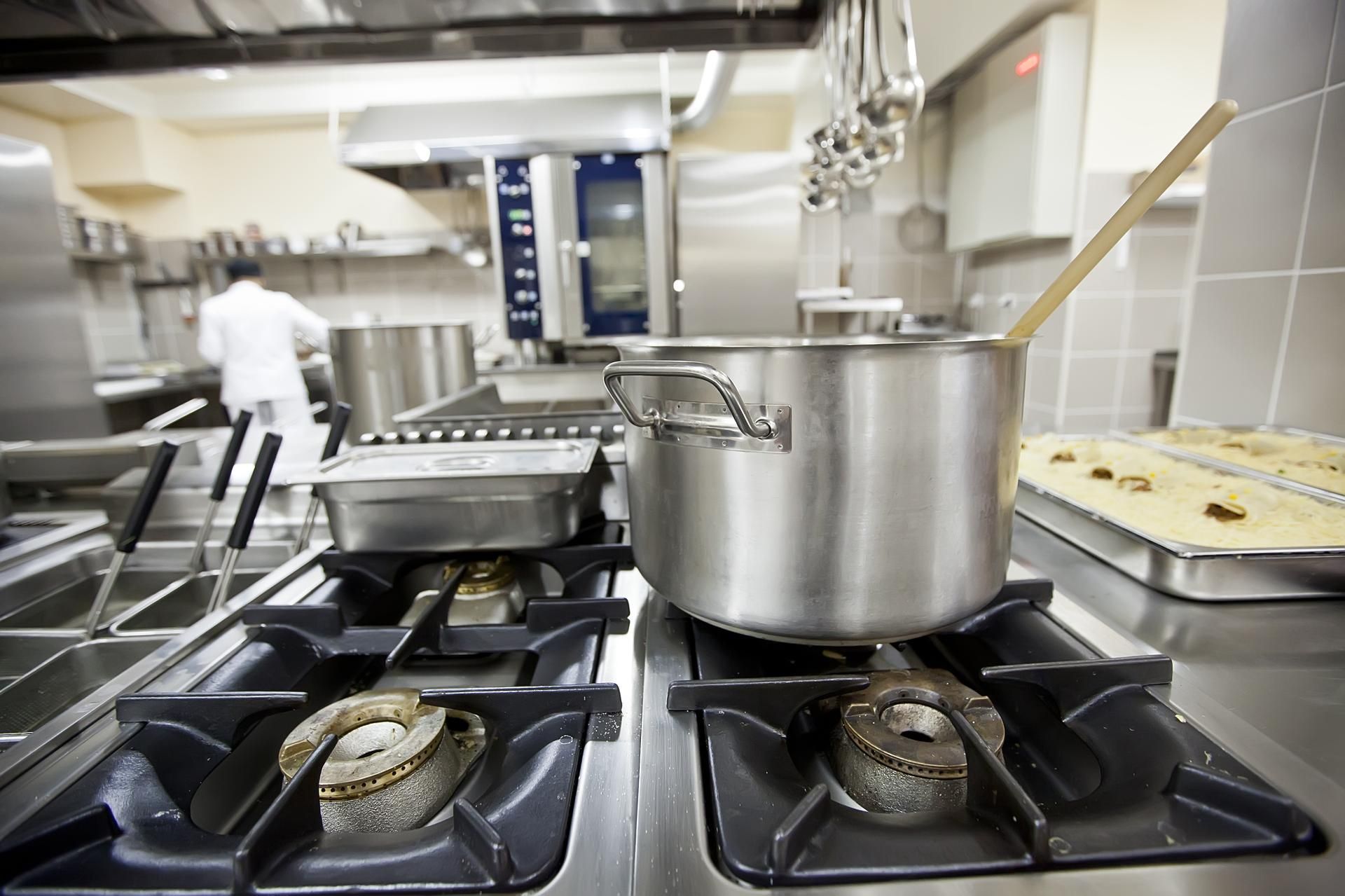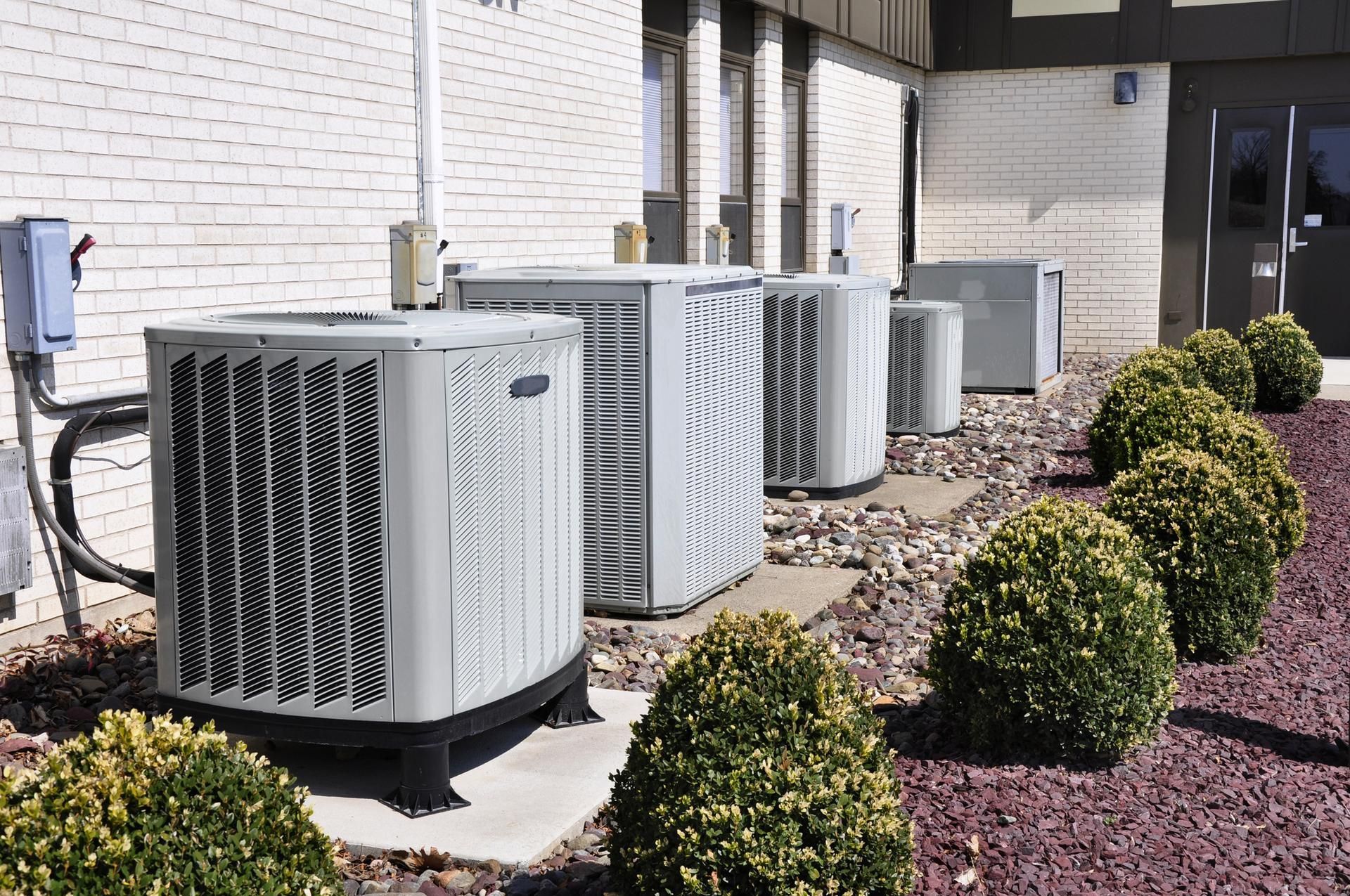4 Tips for Expanding Your Commercial Kitchen
Admin • June 10, 2021
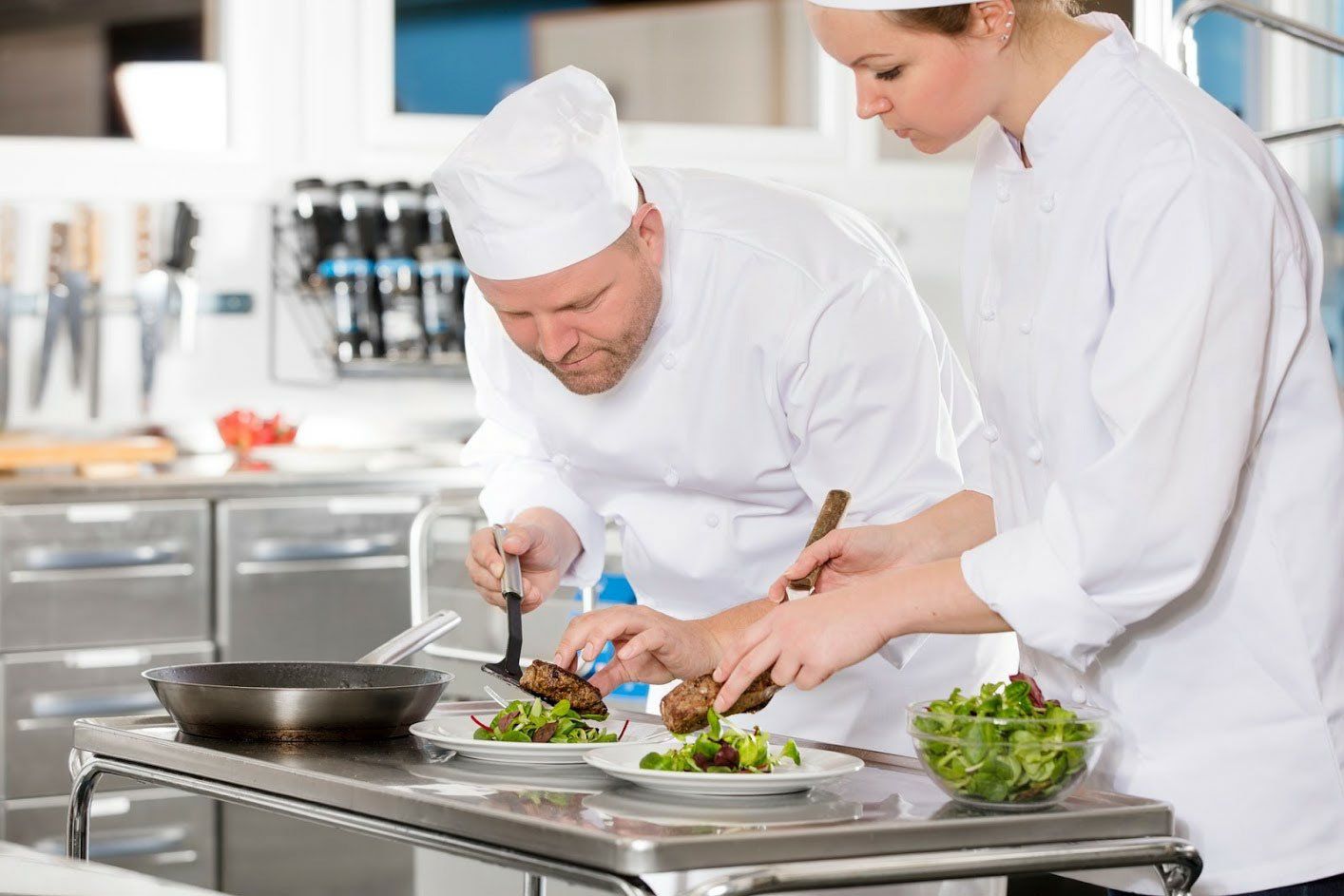
As America reopens for business, many restaurants are finding themselves inundated with new business and additional customers. Serving this pent-up demand often means finding ways to increase capacity, both in your dining area and in the back of the restaurant. As you make room for more customers, it's equally essential to ensure your kitchen staff can keep up with the greater demand.
However, expanding and upgrading a kitchen can be difficult. Kitchen appliances are costly, long-term investments, so it's crucial to choose the options that best fit your current needs. By making the right decisions, you will allow your staff to work more effectively and efficiently. This guide will present four tips for expanding a commercial kitchen based on your restaurant's specific needs.
1. Consider Your Existing Workflow
Proper workflow is critical to the success of your kitchen. Your staff must find the items they need, prepare them, and move dishes to the serving area quickly and accurately. While it may be tempting to look at a kitchen expansion as a chance to start over, keep in mind that your kitchen staff has experience with your existing layout. Drastic changes may potentially create slowdowns.
Instead, consider your existing layout. If you're physically expanding your kitchen space, then you'll need to spend time determining how the expansion will interact with your current configuration. For example, will it take your staff too long to bring ingredients from your refrigerator or storage area to new appliances? Will cross-traffic create problems between your expansion and the original kitchen?
If you don't spend much time in your kitchen, then be sure to discuss these issues with your staff. They can offer invaluable advice that will allow you to maximize the potential of your much larger kitchen space.
2. Use Upgrades to Address Pain Points
Consider the items on your menu that cause the most stress for your kitchen staff. You may discover that these issues arise from outdated, undersized, or poorly placed equipment. Perhaps your current layout has too much open burner capacity and not enough griddle space, or the deep fryer acts as a bottleneck when your customers are particularly hungry for French fries.
Whatever the case, choosing targeted upgrades can ensure that you're using your money in the most efficient way possible. Unless you plan on rotating your menu soon, upgrading your equipment to support the most significant problems faced by your staff will help you to serve your customers more quickly and reliably.
3. Take Utility Needs Into Account
Another important part of your commercial kitchen is the plumbing. Not only do you rely on vast amounts of water for your business, but many of your appliances also require gas lines. Therefore, expanding your kitchen will typically mean installing plumbing for new machines to provide water, drainage, gas, or all of the above.
Although these installation costs are unavoidable, you can minimize your expenses by designing around them. Choose locations that reduce plumbing connections that can help you to keep your installation costs as low as possible.
4. Don't Forget About Storage
Increasing your kitchen's capacity to serve customers won't help much if you can't store additional ingredients for your cooks. If you're adding new ranges, ovens, deep fryers, or other cooking appliances, always keep your inventory usage in mind. Keeping your kitchen's throughput in line with your storage capacity is essential to ensure you don't serve your way into an empty pantry.
Remember that your ultimate goal with any expansion is to improve your business's revenue. By keeping your kitchen storage in line with the rest of your equipment, you will guarantee that your cooking appliances can continue to make money from opening until close.
Hawkins Commercial Appliance can help you with all of your kitchen expansion needs, from selecting equipment to installing and maintaining your new appliances. Give us a call
to begin discussing options that can take your restaurant
to the next level.
